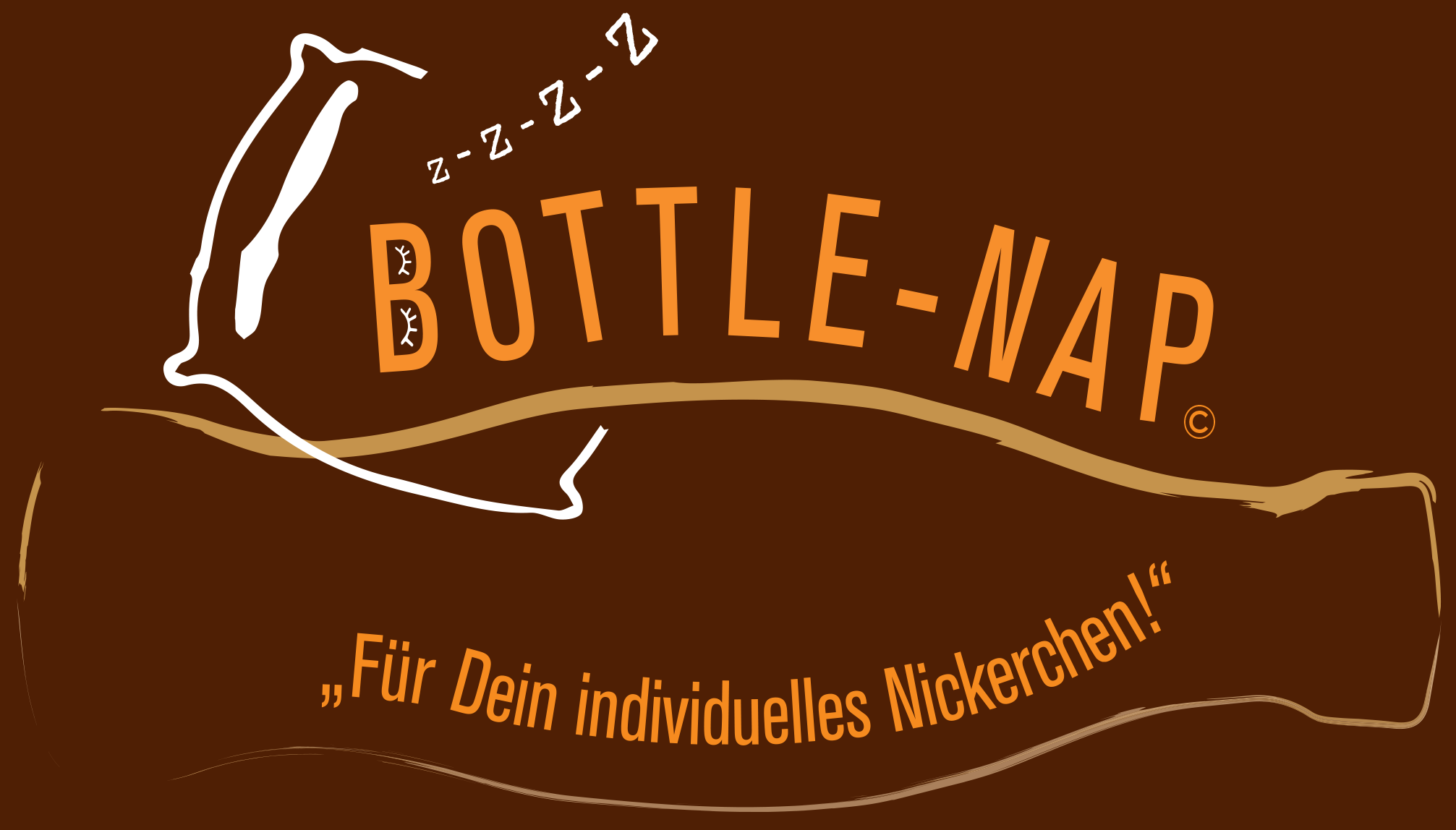ECapital doesn’t clearly disclose its rate structure, but does offer free quotes for factoring receivables. ECapital allows for invoices with up to 90-day payment terms, and businesses can get paid the same day they submit an invoice. Aside from the advantage of getting cash upfront, accounts receivable factoring is also commonly employed as a strategy to transfer payment risk to another party (in this case, the factoring company). Factoring is typically more expensive than financing since the factoring company takes responsibility for collecting on the invoice. In the case of non-recourse factoring, they also accept the losses if the invoice goes unpaid.
With factoring receivables, a factoring company purchases your unpaid invoices and pays you a portion of the invoice value upfront. The advance rate varies depending on the company, but generally ranges from 75% to 100% — or the full invoice amount — minus fees. Understanding these components of accounts receivable factoring rates is essential for businesses to make informed decisions about whether factoring is the right financial solution for their needs. By carefully considering the process, fees, and real-world applications, companies can leverage AR factoring to improve cash flow and focus on core business operations.
How Accounts Receivable Factoring Works
Invoice factoring can be a great option if you need money for your business quickly. Invoice factoring and invoice financing are two different ways to receive the funds for an invoice before a client pays. Let’s say a business has $100,000 in eligible accounts receivable and the advance rate the complete guide to franchise tax is 80%. The factoring company then holds the remaining amount of the invoice, typically 8 – 10%, as a security deposit until the invoice is paid in full. Then the factoring company collects money from the customer over the next 30 to 90 days.
Invoice financing vs. invoice factoring
- For example, if your total invoice value is $10,000 and the invoice factoring fee is 5%, it will cost you $500 to factor your invoices.
- If they have good credit histories, the factor will be willing to pay a higher rate.
- Remember, what is factoring of receivables to one business might be different for another, so it’s essential to tailor your approach to your unique situation.
- Let’s say a business has $100,000 in eligible accounts receivable and the advance rate is 80%.
Factoring receivables does add additional cost to the goods or services you’re selling, so if you intend to enter into a factoring agreement, you’ll likely want to fold those costs into the prices you charge your customers. With recourse factoring, you’ll be held responsible if your clients fail to pay the factoring company. This type of factoring often requires a personal guarantee, but may come with lower fees and higher cash advances. The factoring company takes on more risk with non-recourse factoring, so rates tend to be higher — and advance rates may be lower. Accounts receivable factoring is a way of financing your business by selling unpaid invoices for cash advances.
Will I qualify for accounts receivable factoring?
Factoring involves selling invoices, while AR financing uses invoices as collateral for a loan. Each has its own set of pros and cons, and the choice between them depends on your specific business needs and circumstances. Growing businesses that don’t have the time or credit to get a bank loan often turn to invoice factoring. It can help improve cash flow and revenue stability but can also help fund operations or pursue growth opportunities.
Accounts receivable factoring deals with the sale of unpaid invoices, whereas accounts receivable financing bookkeeper anaheim uses those unpaid invoices as collateral. Borrowers will receive financing based on what their accounts receivable is worth. Then, once the invoices are paid—the collections process in this scenario resides with the seller—the borrower pays the lender back, with fees. Factoring accounts receivable offers immediate access to cash tied up in unpaid invoices, providing the liquidity needed to seize growth opportunities, manage operational expenses, or navigate challenging financial periods. However, it’s important to remember that factoring is not a one-size-fits-all solution.
In a post-COVID world, factoring is one of the financing options that will still be available to small business owners before a bank loan, a line of credit, business credit cards, or other bank financing comes online. By outsourcing accounts receivable collections to a factoring company, businesses can reduce the time and resources spent chasing customers for overdue payments. In reducing the manual collections duties, AR teams are freed to perform more strategic and impactful work, like improving customer service, leveraging data insights, and offering better products. Ultimately, the choice between recourse and non-recourse factoring depends on your business’s specific needs, risk tolerance, and customer base.
Accounts receivable factoring vs. accounts receivable financing
The factoring company buys your invoices/receivables at a discount and will advance anywhere from 60% to 80% back to you right now. The remaining 20% to 40% is paid after your client completes payment in full, minus a discount fee that usually ranges from 1% to 7%, depending on the credit and risk profile of your clients. Invoice factoring is one way to use your outstanding invoices to access cash. Similar to factoring, invoice financing allows businesses to obtain a cash advance by borrowing against unpaid invoices. When you use accounts receivable factoring, your clients usually settle their invoices through the factoring company, so this means that they may be aware that your business is experiencing cash-flow issues.



